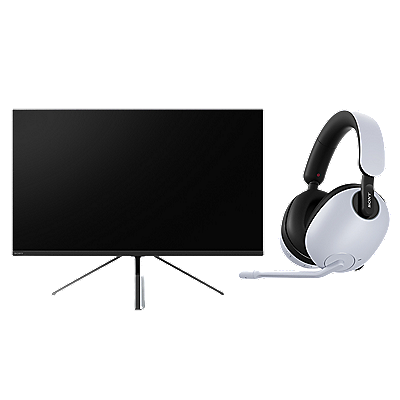Learn about regulation related information in your country relevant for Sony products.
Eco-design information on external power supplies:
Regarding information on ecodesign requirements for external power supplies in accordance with Annex II, point 2(b) of the COMMISSION REGULATION (EU) 2019/1782 of 1 October 2019 laying down ecodesign requirements for external power supplies pursuant to Directive 2009/125/EC of the European Parliament and of the Council and repealing Commission Regulation (EC) No 278/2009, please refer to the link, where you can search the information of external power supply by model name of external power supply:
How to understand the EU Energy Label
Energy Labels are alphabetical ratings that range from 'A++' (most efficient) to 'F' (least efficient). According to EU regulation 1062/2010 all TVs for sale in store and online must display an Energy Label. This Energy Label is currently used. Limits for energy efficiency classes are adapted by the European Commission over time.

Energy consumption XYZ kWh per year, based on the power consumption of the television operating 4 hours per day for 365 days. The actual energy consumption will depend on how the television is used
At Sony, we're committed to continuously developing and manufacturing products that are more energy efficient year-onyear than their previous models. In fact, the vast majority of our TVs have an Energy Label rating of A++ to A and there are no lower ratings than B.
Disposal of Waste Electrical and Electronic Equipment (WEEE), Waste Energy Batteries and Waste Packaging
Electrical and electronic products, batteries and accumulators and packaging should not be treated as household waste at time of disposal but should be returned via a separate collection system. The symbol of a crossed-out dustbin on an electrical or electronic product or on a battery shall clarify this. On certain batteries this symbol might be used in combination with the chemical symbol for lead (Pb) if the battery contains more than 0.004% lead.
By ensuring products, batteries and packaging are disposed of correctly, you will help prevent potentially negative consequences for the environment and human health which could otherwise be caused by inappropriate waste handling. Depending on your location, it is also possible to dispose of non-packaging paper like instruction manuals and CDs/DVDs via dedicated collection systems. The recycling of these materials will help to conserve natural resources.
For more detailed information about the return and recycling of products, batteries or packaging, please contact your local Civic Office, your household waste disposal service or the shop where you purchased the product or battery. In case of products that for safety, performance or data integrity reasons require a permanent connection with an incorporated battery, this battery should be replaced by qualified service staff only.
To ensure that the battery and the electrical and electronic equipment will be treated properly, hand over these products at end-of-life to the applicable collection point for the recycling of electrical and electronic equipment. For all other batteries, please view the section in the instruction manual on how to remove the battery from the product safely. Please remove the battery and hand it over to the applicable collection point for the recycling of waste batteries.

Never dispose electronics into the household waste stream, it must be recycled separately

Never dispose batteries into the household waste stream, they must be recycled separately
Registration, Evaluation, Authorization and Restriction of Chemicals
In addition to our work to restrict the use of harmful substances, the European Union Regulation No 1907/2006 on the Registration, Evaluation, Authorisation and Restriction of Chemicals (REACH) requires that any companies operating in the EU, including Sony, comply with various legal obligations, including informing customers about the use of ‘Substances of Very High Concern’ (SVHC), that are listed on the so-called ‘REACH Candidate List’, in our products.





















